Treating cells with iron oxide nanoparticles allows them to be steered through the body by magnets.
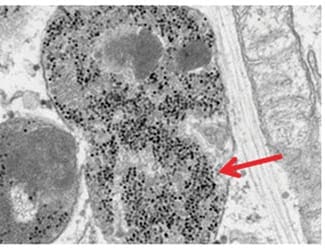

Treating cells with iron oxide nanoparticles allows them to be steered through the body by magnets.
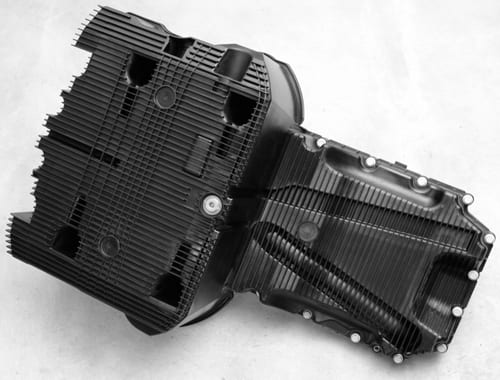
DuPont shows how advanced materials, design and processing converge to help automakers cut CO2 emissions and conserve fuel.
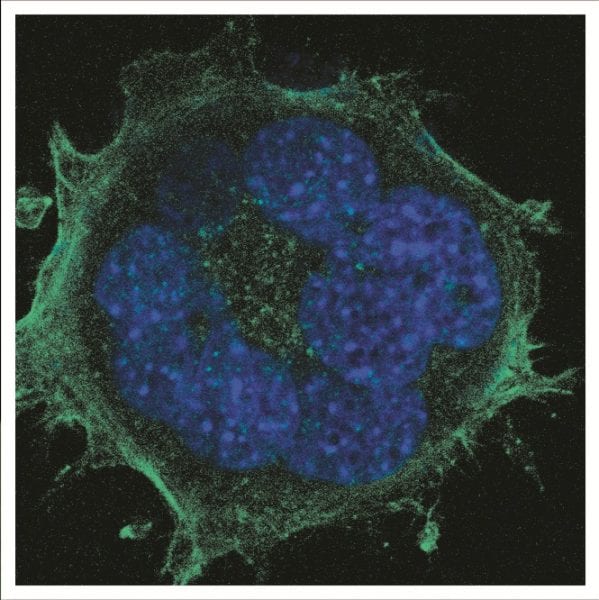
Bigger is not necessarily better: when it comes to culturing fibroblasts on nanowire substrates, there are several reasons to reconsider the use of long nanowires.
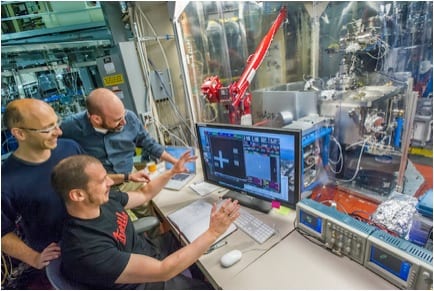
The world’s most advanced extreme-ultraviolet microscope is about to go online at theDOE’s Lawrence Berkeley National Laboratory.
Program is intended to meet the growing demand for workers who can keep pace with emerging nanotechnologies.

Researchers have obtained clear, crisp atomic images of an li-ion battery electrode during charging.
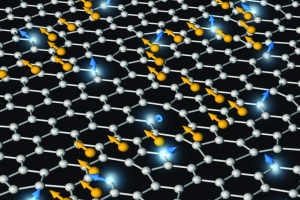
Graphene can be made magnetic and its magnetism switched on and off very simply, opening a new avenue towards electronics with very low energy consumption.

Underground civil engineering work for the X-ray laser European XFEL is complete for 2016 startup.
Sensor aims to detect homemade explosives made with hydrogen peroxide without false positives from substances such as toothpaste.
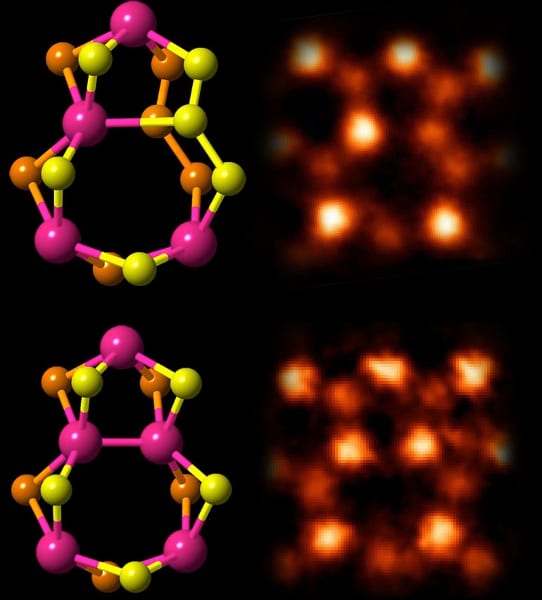
Rice, Oak Ridge labs make semiconducting films for atom-thick circuits.